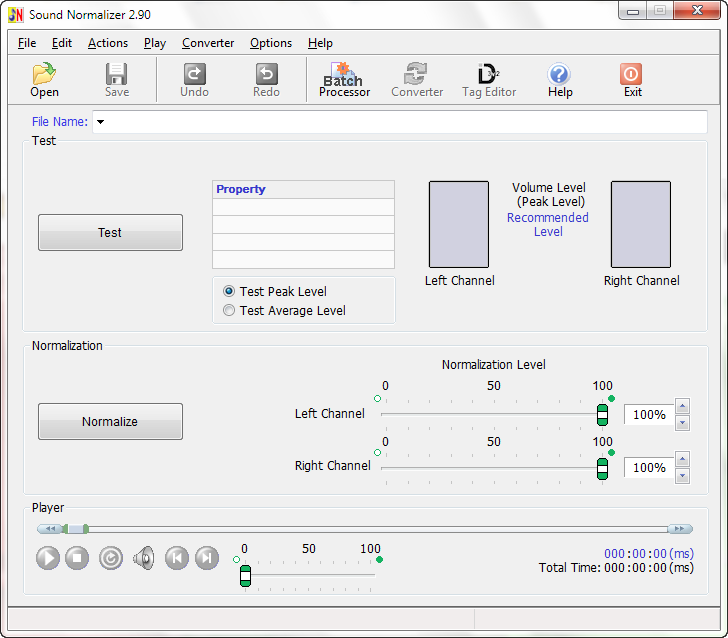
Facebook provides only the positive mark as a like button and share. Facebook, Vkontakte) where they express their attitude to different situations and events. The most of the people have their account on social networks (e.g. The experimental results show that our method achieves encouraging performance with 86.8% errors detected and 81.5% errors corrected, which improves the state-of-the-art approach 5.6% and 2.2%, respectively. This dataset contains 11,202 human-made misspellings in 9,341 different Vietnamese sentences. We test the performance of the proposed method using a realistic dataset. In the experiment, we train the model with a large synthetic dataset, which is randomly introduced spelling errors. The sequence to sequence model based on the Transformer architecture makes our approach different from the previous works on the same problem. The embedding layer, in particular, is powered by the byte pair encoding technique. We tackle the problems of mistyped errors and misspelled errors by using a deep learning model. In this paper, we propose a novel method to correct Vietnamese spelling errors.

The method's accuracy can be unsatisfactory, however, because the model may lose the context if two (or more) spelling mistakes stand near each other. In the Vietnamese language, a state-of-the-art method for the task infers a syllable's context from its adjacent syllables. Although previous studies have achieved remarkable results, challenges still exist.

Spelling error correction is one of topics which have a long history in natural language processing.


 0 kommentar(er)
0 kommentar(er)
